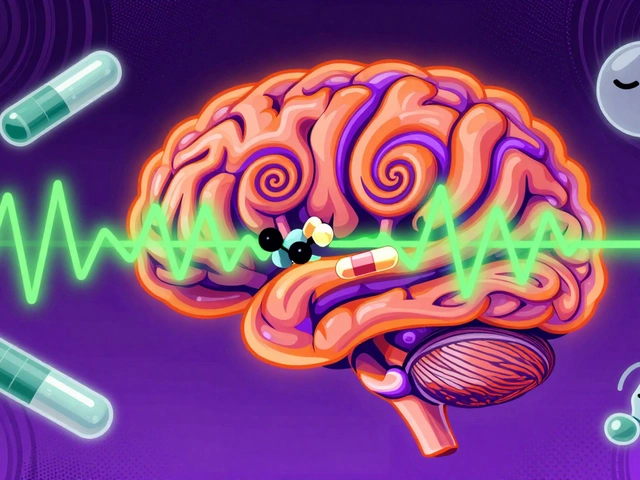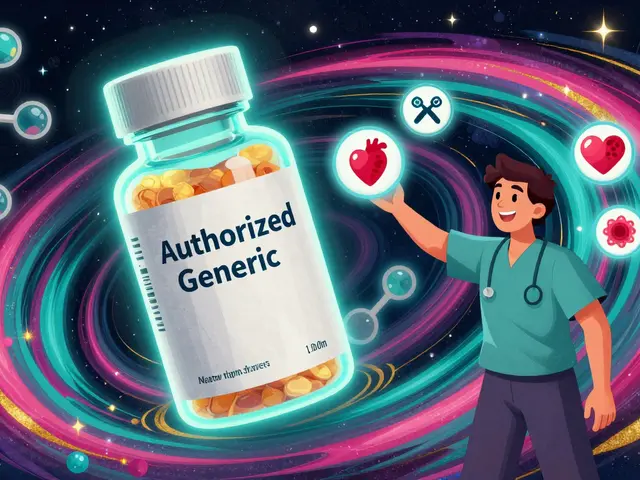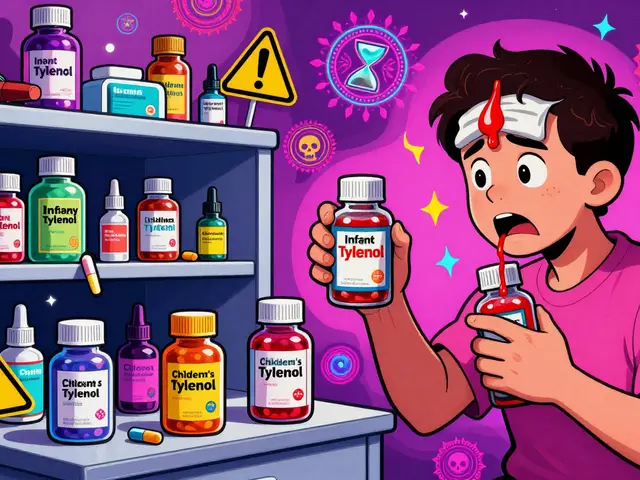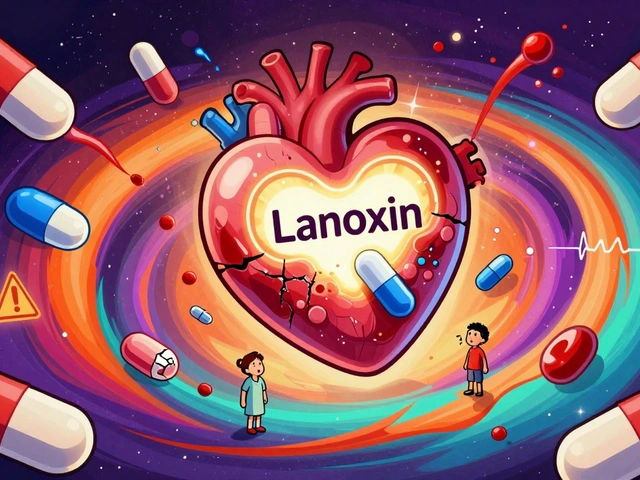Sevelamer Hydrochloride: a practical guide for people with kidney disease
Sevelamer hydrochloride (often called sevelamer HCl) is a medicine used to lower blood phosphate in people with chronic kidney disease (CKD) on dialysis. Too much phosphate can cause bone pain, itching, and heart problems. Sevelamer sits in the gut and binds phosphate from food so your body passes it out instead of absorbing it.
How to take sevelamer HCl
This drug works only if it’s in your gut with meals. Take each dose with or right after food. Tablets come in different strengths; your doctor will tell you how many to take based on your blood phosphate levels and what you eat. Don’t crush or chew extended-release forms unless the label says you can. If you miss a dose, take it with the next meal—don’t double up later.
Many people switch to sevelamer carbonate today because it’s gentler on acid-base balance, but sevelamer hydrochloride is still used in some places. Follow your clinic’s instructions if they switch brands or forms.
Side effects, monitoring, and interactions
Common side effects are gastrointestinal: nausea, constipation, diarrhea, bloating, and stomach pain. These often improve after a few weeks. Serious but rare problems include bowel obstruction or severe constipation—call your care team if you can’t pass stool or have severe belly pain.
Your doctor will check serum phosphate and calcium levels regularly. Sevelamer does not contain calcium, so it won’t raise blood calcium the way calcium-based binders can. Still, labs are needed to keep phosphate in the target range and to adjust dose.
Sevelamer can reduce absorption of some drugs. Take other oral meds at least 1 hour before or 3 hours after sevelamer when possible. Tell your doctor about antibiotics, thyroid meds, vitamin tablets, and any heart or blood-pressure drugs. Your clinic will advise which medicines need timing changes.
Pregnant or breastfeeding? Talk to your nephrologist. There’s limited data, so decisions weigh risks and benefits for you and the baby. Children and older adults may need dose adjustments.
Alternatives include lanthanum carbonate and calcium-based phosphate binders. Each option has pros and cons—lanthanum can be effective but is more expensive; calcium binders may raise calcium and risk vascular calcification. Your kidney team will pick what fits your labs, symptoms, and budget.
Practical tips: keep a routine—take sevelamer with meals, carry a list of your meds to clinic visits, and report persistent stomach issues. Store tablets at room temperature and out of reach of children. If you buy medication online, use a trusted pharmacy and always keep your nephrology team in the loop.
If you have questions about dosing, side effects, or switching binders, ask your dialysis nurse or nephrologist. Small changes in diet, pill timing, or type of binder often make a big difference in phosphate control and how you feel.
The benefits of Sevelamer Hydrochloride for kidney patients
In my recent research, I've discovered the numerous benefits of Sevelamer Hydrochloride, particularly for kidney patients. This amazing medication helps control phosphate levels in individuals with chronic kidney disease, especially those on dialysis. By preventing phosphate build-ups, it reduces the risk of dangerous complications like heart disease and strokes. I was also amazed to learn that it doesn't cause the calcium build-up in your body which is a common problem with other phosphate binders. Overall, it's a remarkable treatment option that promises improved health and quality of life for kidney patients.





